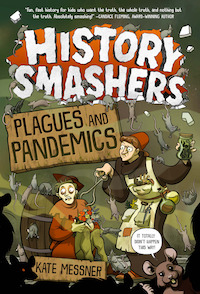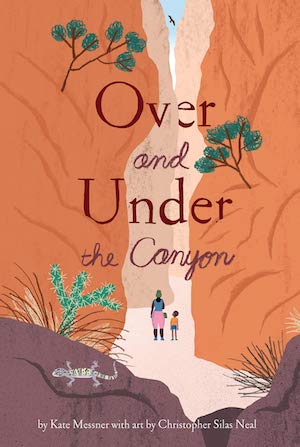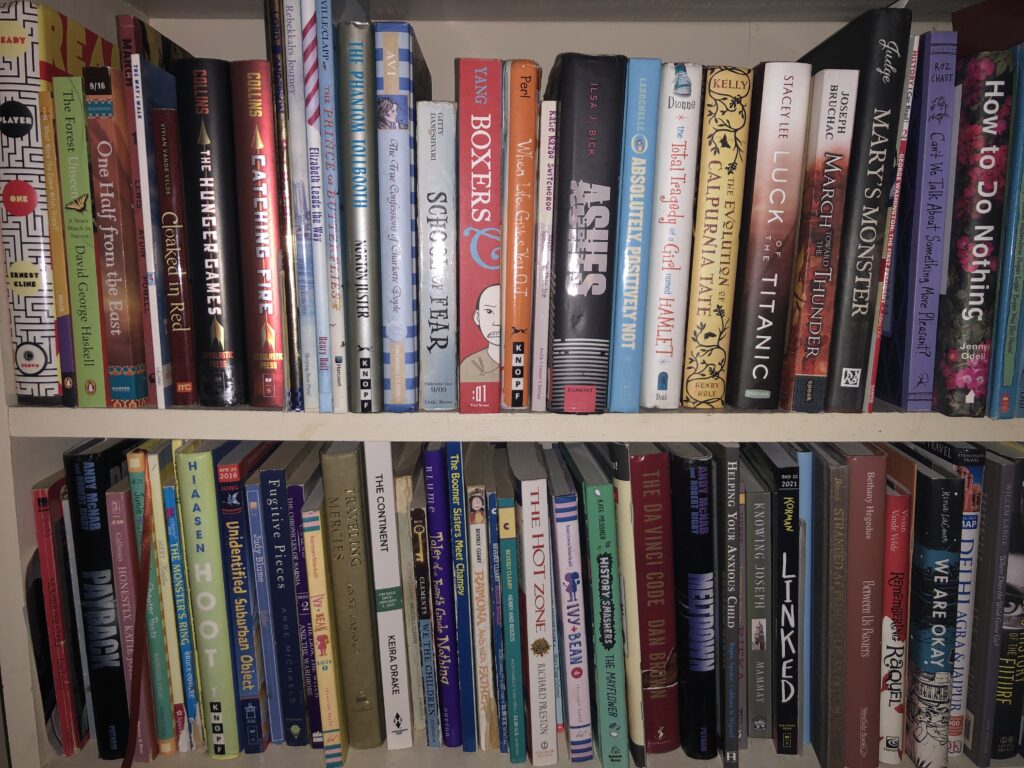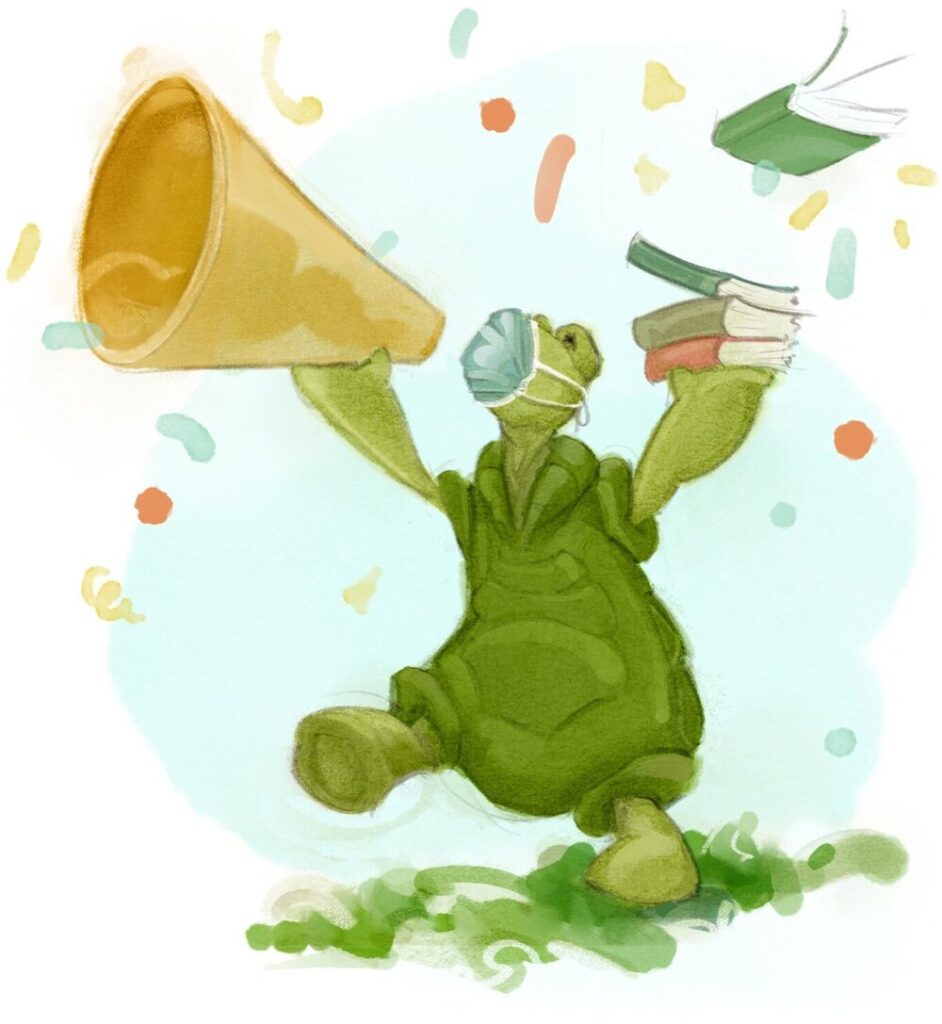Often, my summer calendar is full of travel for book festivals and other events, but this year, I’m looking forward to an amazing celebration of stories in my own backyard. If you’re considering a trip to the Adirondacks this summer, I hope you’ll put August 20th on your calendar because the Adirondack Family Book Festival at John Brown Farm State Historic Site in Lake Placid is shaping up to be an amazing event.
A full day of read-alouds, author presentations, book sales & signings with The Bookstore Plus, writing workshops, and panels in a gorgeous mountain setting? Yes, please! The festival runs from 9:30am to 4pm on August 20th. The official website will be up soon with directions and a complete schedule for the day. But for now…check out the incredible lineup of participating authors and illustrators!

New York Times bestselling author Tracey Baptiste is best known for the popular Jumbies series and Minecraft: The Crash. She writes fiction and nonfiction from picture books to young adult. Her most recent titles include Looking for a Jumbie, African Icons: Ten People Who Shaped History, and Because Claudette. Find Tracey online at www.traceybaptiste.com and connect on Twitter @traceybaptiste and on Instagram @traceybaptistewrites.

An enrolled citizen of the Nulhegan Abenaki Nation, Joseph Bruchac has authored over 170 books in many genres. His poems, essays, and stories have appeared in hundreds of publications from Parabola and National Geographic to Paris Review. His experiences, in addition to college teaching, include three years of volunteer teaching in Ghana and eight years directing a college program inside a maximum security prison. In 2021 his novel Code Talker was chosen by Time as one of the 100 best YA books of all time. His novel Rez Dogs was listed among the best books of 2021 by NPR. Learn more at https://www.josephbruchac.com/
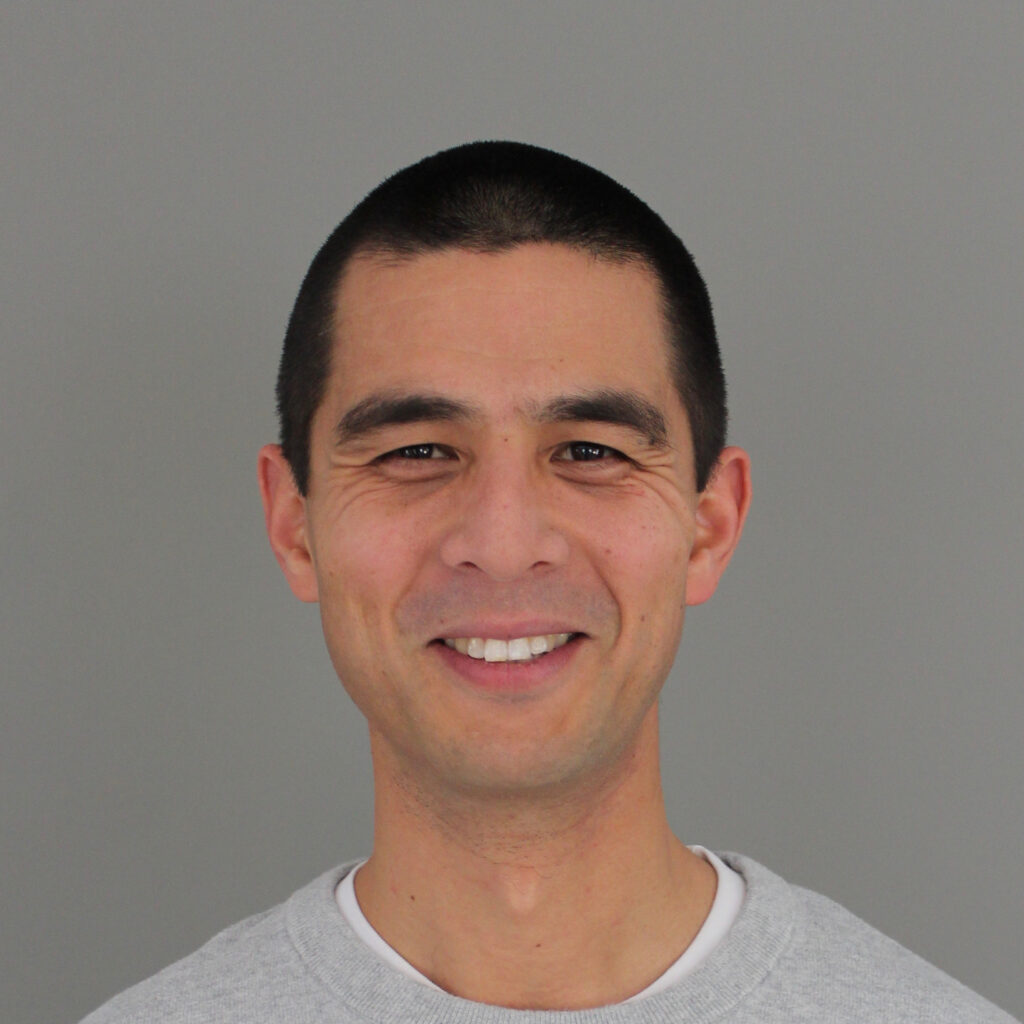
Jason Chin (he/him) is a Caldecott medalist who writes and illustrates children’s picture books about science and nature. In his books he tries to explain science with imaginative storytelling. His titles include Grand Canyon (Caldecott Honor, Sibert Honor and Orbis Pictus award) and Your Place in the Universe (a 2020 Horn Book Fanfare title). His latest book, Watercress, written by Andrea Yang, won the Caldecott Medal. To learn more about the books he’s written and illustrated, visit his website: https://jasonchin.net/books/
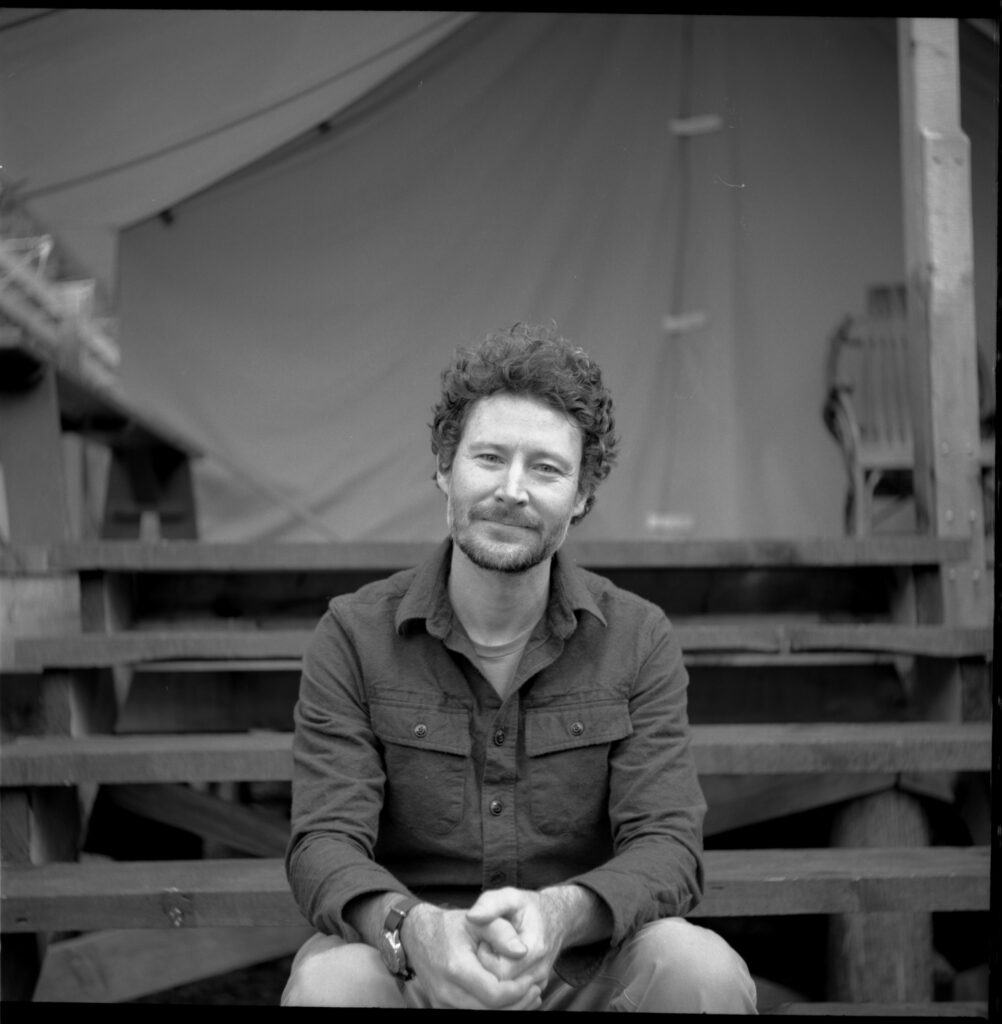
Maxwell Eaton III is a highly tolerated author and illustrator of numerous picture books and graphic novels for children, including Bear Builds a House, Bear Goes Sugaring, The Truth About Your Favorite Animals series, The Flying Beaver Brothers series, Okay Andy, and more. When he isn’t writing or drawing, he can be found paddling a canoe in the Adirondack Mountains with his partner and two children. Find him online at http://maxwelleaton.com/.
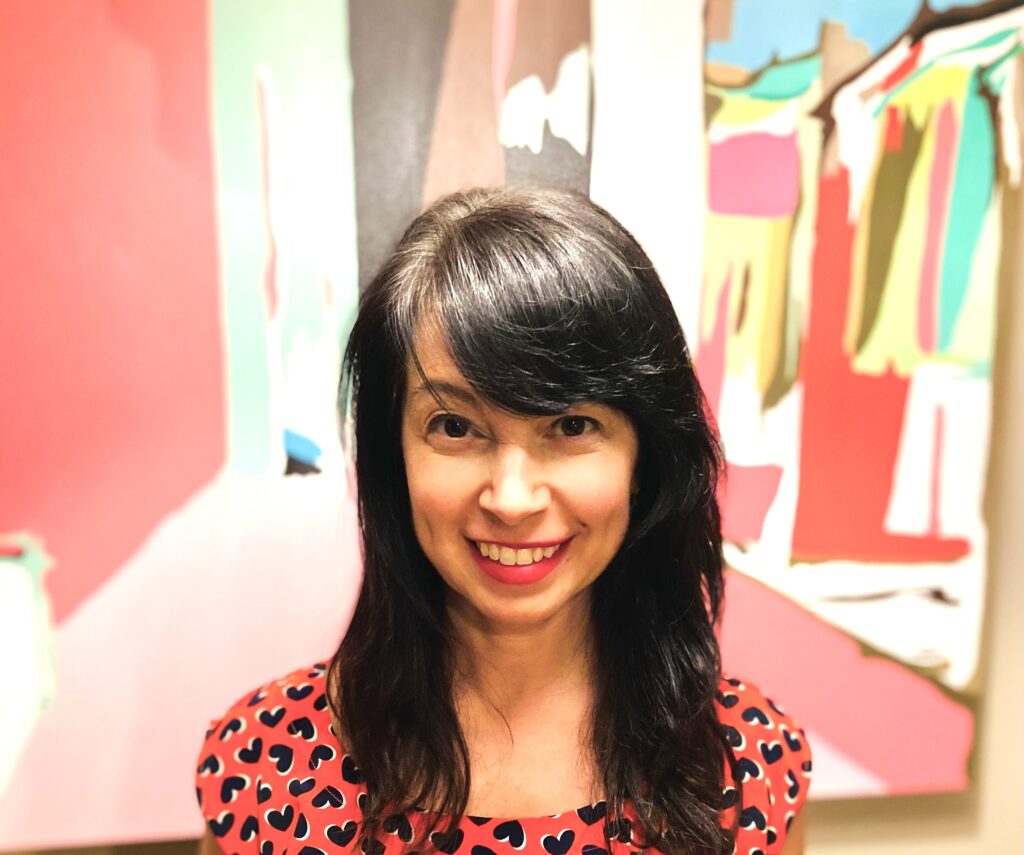
Amy Guglielmo (she/her) is an award-winning author, educator, artist, and community arts and STEAM advocate. Her eighteen children’s book titles include the Christopher award-winning Pocket Full of Colors: The Magical World of Mary Blair, Disney Artist Extraordinaire (Atheneum 2017) and the new What the Artist Saw series with The Metropolitan Museum of Art. She is also the Creative Director of Reading Rainbow Live and the co-founder of Outside Art: Plattsburgh Public Art Project.
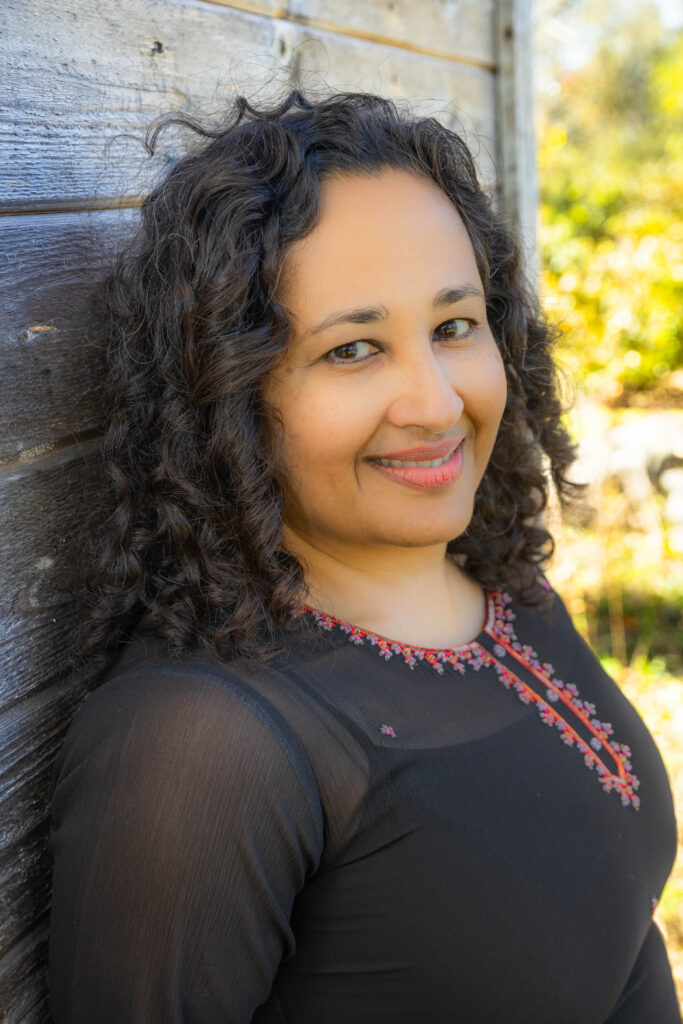
Rajani LaRocca was born in India, raised in Kentucky, and now lives in the Boston area, where she practices medicine and writes award-winning books for young readers. Her middle grade novel in verse, Red, White, and Whole, is the winner of the 2022 Walter Dean Myers Award and a 2022 John Newbery Honor. She’s always been an omnivorous reader, and now she’s an omnivorous writer of fiction and nonfiction, novels and picture books, prose and poetry. She finds inspiration in her family, her childhood, the natural world, math, science, and just about everywhere she looks. Learn more about her at www.RajaniLaRocca.com.

Kyle Lukoff is the author of many books for young readers. His debut middle-grade novel, Too Bright To See, received a Newbery honor and the Stonewall award, and was a National Book Award finalist. His picture book When Aidan Became A Brother also won the Stonewall award. His newest titles are the novel Different Kinds of Fruit and the non-fiction picture book If You’re A Kid Like Gavin. While becoming a writer he worked as a bookseller for ten years, and then nine more years as a school librarian. He hopes you’re having a nice day. http://www.kylelukoff.com/
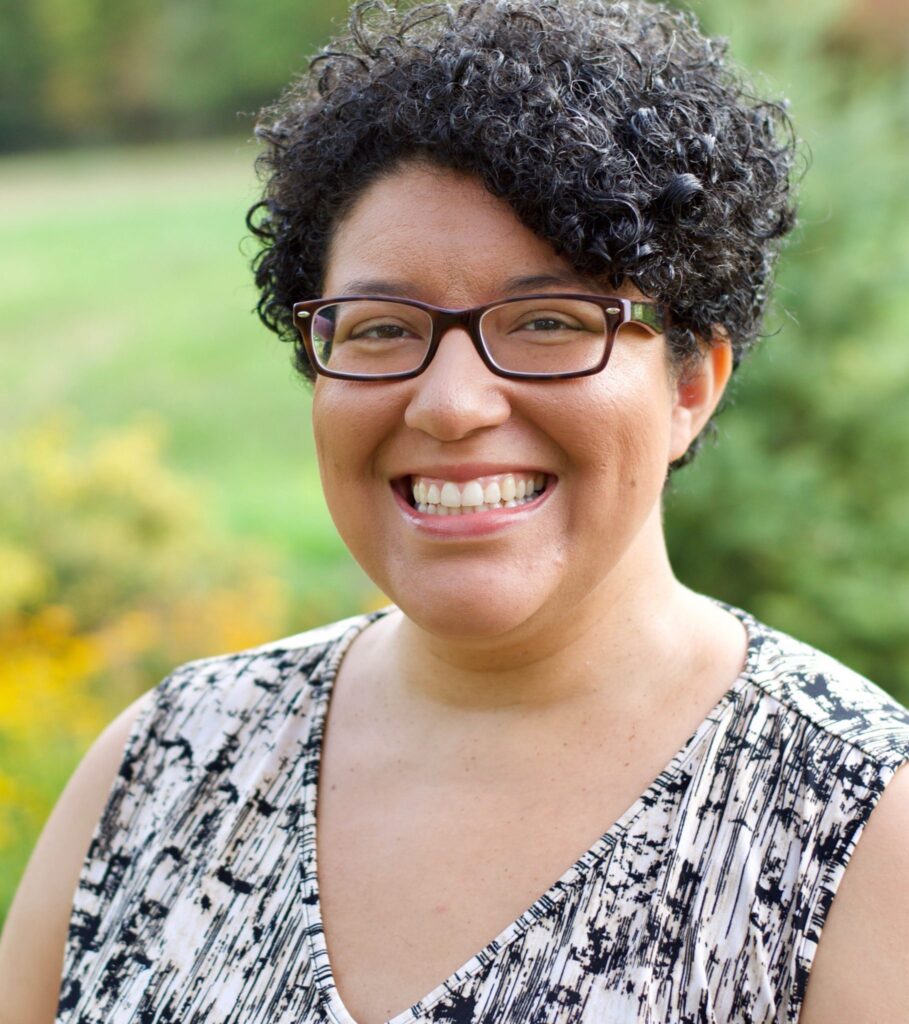
Kekla Magoon (she/her) writes novels and nonfiction for young readers, exploring themes of identity, community, empowerment, and social justice. Acclaimed titles include The Season of Styx Malone (winner of the Boston Globe-Horn Book Award), How It Went Down (a Coretta Scott King Honor book), and Revolution in Our Time: The Black Panther Party’s Promise to the People, which was a Michael L. Printz Honor winner and National Book Award Finalist. Kekla loves ice cream, board games, and her two energetic orange cats. She holds an MFA in writing from Vermont College of Fine Arts, where she now teaches. Learn more at her website: https://keklamagoon.com/
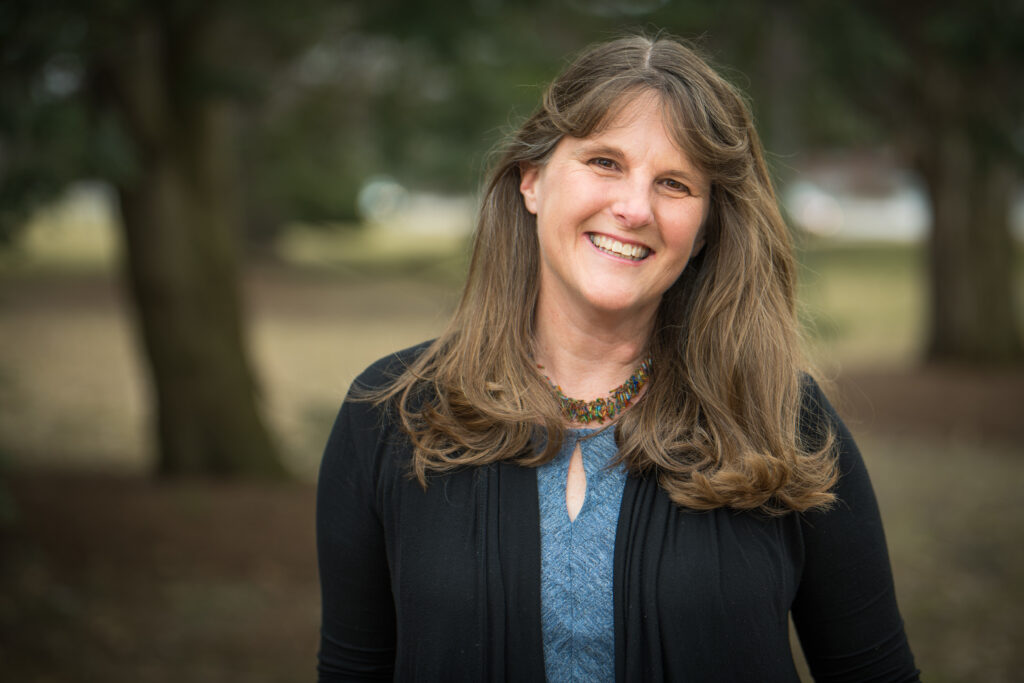
New York Times bestselling author Kate Messner is passionately curious and has written more than fifty books for kids who wonder, too. Her award-winning titles include picture books like Over and Under the Snow and The Brilliant Deep; novels like Breakout and Chirp; engaging nonfiction like The Next President and the History Smashers series; the Ranger in Time adventures; and the Fergus and Zeke easy readers. Kate lives on Lake Champlain. Online, you’ll find her on Twitter @KateMessner, and at her website, katemessner.com.
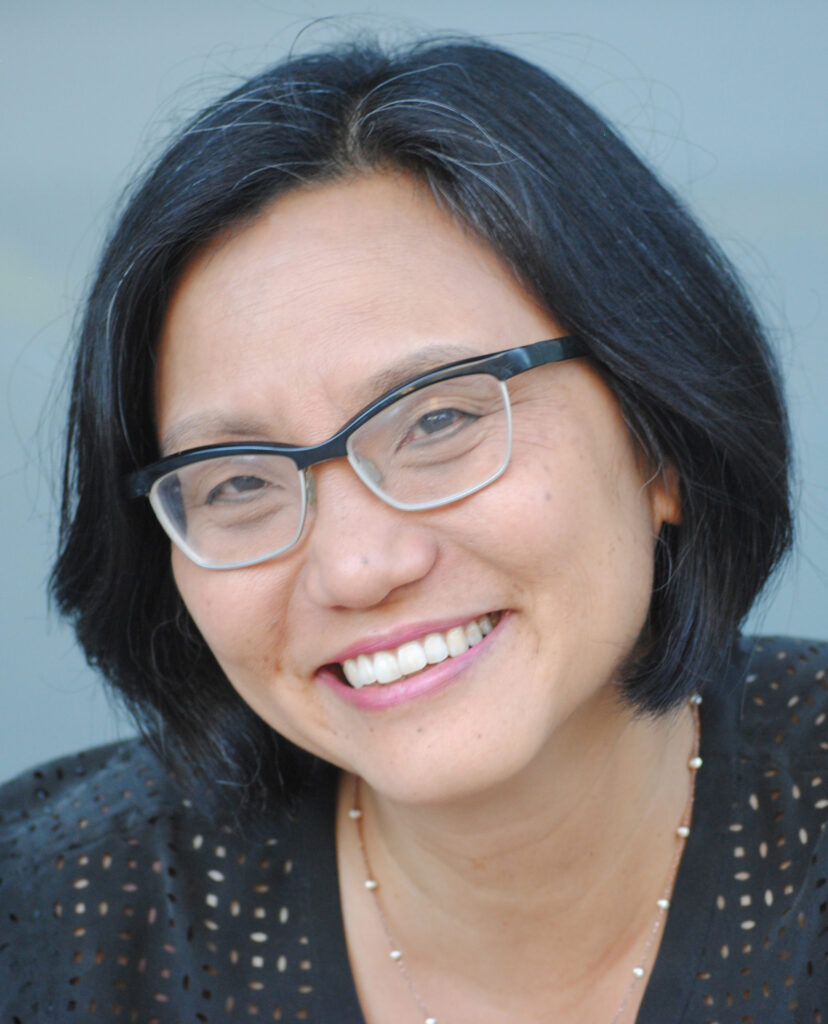
Linda Sue Park is the author of many books for young readers, including the 2002 Newbery Medal winner A Single Shard and the NYTimes bestseller A Long Walk to Water. Her most recent title is The One Thing You’d Save, a collection of linked poems. Linda Sue serves on the advisory boards of We Need Diverse Books and the Rabbit hOle museum project, and created the kiBooka website, www.kibooka.com, to highlight Korean American creators of children’s books. Visit her website at www.lindasuepark.com; follow her on Twitter @LindaSuePark.
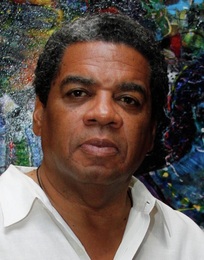
Calvin Ramsey is a playwright, writer, and photographer. He is the author of Ruth and the Green Book and Belle, the Last Mule at Gees Bend and was a recipient of the Dr. Martin Luther King, Jr. Drum Major for Justice Award. He was born in Baltimore but grew up in Roxboro, North Carolina and now splits his time between New York City and Sarasota, Florida. Learn more at his website: http://calvinalexanderramseysr.com/
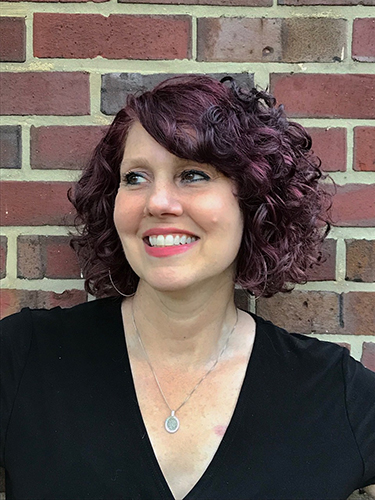
A two-time National Book Award Finalist, Laura Ruby writes fiction for adults, teens and children. She is the author of the Printz Medal Winning novel Bone Gap, as well as Thirteen Doorways, Wolves Behind Them All. Other works include the Edgar®-nominated children’s mystery Lily’s Ghosts, the ALA Quick Pick for teens Good Girls, the York trilogy, and the picture book Me and Ms. Too. Laura is on the faculty of Hamline University’s Masters in Writing for Children Program. She makes her home in the Chicago area, and you can visit her online at https://lauraruby.com/.
I’m beyond excited that so many of my brilliant colleagues will be coming for this celebration of books and reading. And just in case the author/illustrator lineup isn’t enough to get you making travel plans, have I mentioned how pretty the Adirondacks are in August? I hope you’ll join us, too!






